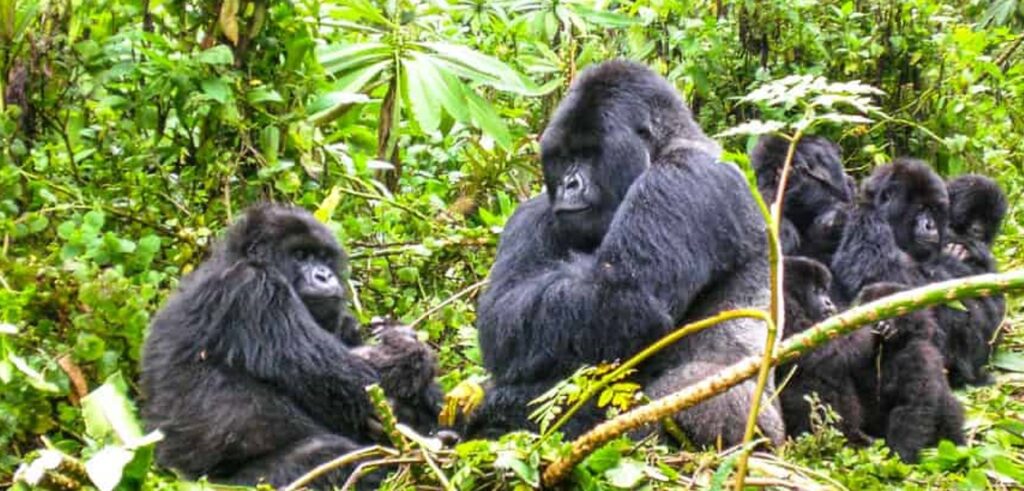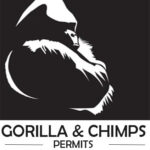Best Time to Visit Volcanoes National Park for Gorilla Trekking
Volcanoes National Park welcomes trekkers throughout the year, yet certain months offer better weather, clearer views, and easier trails. Understanding each season helps you plan the perfect gorilla trekking experience. The park’s climate follows two dry seasons and two rainy seasons. Each season shapes trail conditions, visibility, and overall trekking comfort.

Why Timing Matters for Gorilla Trekking
The park sits on the high slopes of the Virunga Volcanoes. Rain changes the terrain quickly and affects the length of your trek. Dry months bring firm ground and better visibility. Wet months bring lush scenery and more challenging trails. Gorillas remain active in all seasons, so your timing depends on comfort and personal preference.
Dry Seasons: The Best Time for Gorilla Trekking
June to September – Peak Trekking Season
This period offers the best trekking weather. Trails stay firm and less slippery. The air feels dry and cool. Gorillas move through bamboo zones more frequently, and trekkers enjoy clear views. The demand for permits rises, so early booking becomes important. Lodges also fill quickly because many travelers visit Rwanda during these months.
December to February – Short Dry Season
The short dry season creates another excellent window for trekking. The forest stays green but not soaked. Trails remain manageable and visibility stays clear. These months suit travelers who want fewer crowds than the long dry season. The weather stays comfortable, and gorilla families move through familiar feeding zones.
Rainy Seasons: Lush Scenery and Fewer Crowds
March to May – Long Rains
Heavy rain falls often during these months. Trails become muddy and slippery. Trekkers move slower, yet the forest shines with rich green color. Photographers enjoy dramatic scenery and soft light. Gorilla families stay active, and fewer visitors enter the park. Travelers who want quiet trails choose this season.
October to November – Short Rains
Rain returns for a shorter period. Showers come and go throughout the day. Trails hold moisture and require careful steps. The forest grows fresh vegetation, and gorillas feed near the park’s mid-altitude zones. This season suits trekkers who enjoy a mix of adventure, greenery, and fewer crowds.
Month-by-Month Highlights
January
Dry, clear, and cool. Ideal for calm trekking and good photography.
February
Short dry season continues. Trails stay steady and views remain open.
March
Rain increases and trails soften. Forest colors brighten.
April
Heavy rains create challenging terrain. Forest stays lush and dramatic.
May
Rains peak. Trekkers enjoy quiet trails and rich vegetation.
June
Dry season begins. Conditions improve. Peak trekking period starts.
July
Cool mornings, firm trails, and high permit demand.
August
Golden month for trekking. Scenery stays beautiful and dry.
September
Dry weather continues. Trails remain comfortable.
October
Short rains return. Fresh vegetation covers the forest.
November
Rain remains frequent. The forest looks vibrant and wild.
December
Short dry season starts. Popular month for holiday travelers.
How to Choose the Best Month for You
For Easy Trails
Choose June to September or December to February. These months offer dry paths and comfortable weather.
For Fewer Crowds
Pick March to May or October to November. Quiet trails create a more personal experience.
For Rich Photography
Rainy seasons offer deep green color, mist, and dramatic light.
For Flexible Schedules
Gorillas stay active all year, so any month offers a rewarding trek when you prepare well.
Plan Your Gorilla Trek
Volcanoes National Park offers unforgettable trekking throughout the year. Once you understand each season, you can plan your visit with confidence and choose the perfect month for your adventure. To plan your trek and secure your gorilla permit, inquire and book with us at https://www.gorilla-permits.com.

